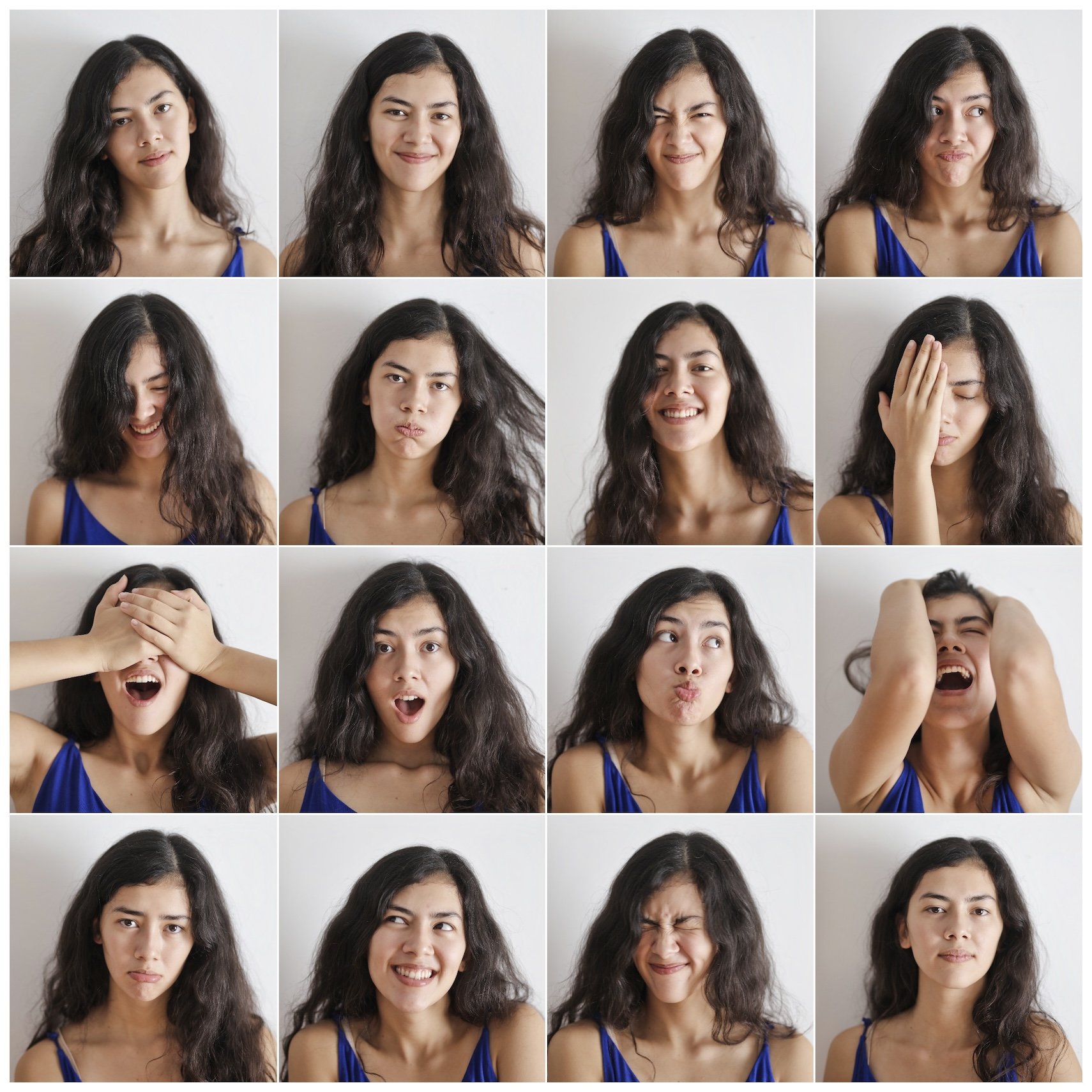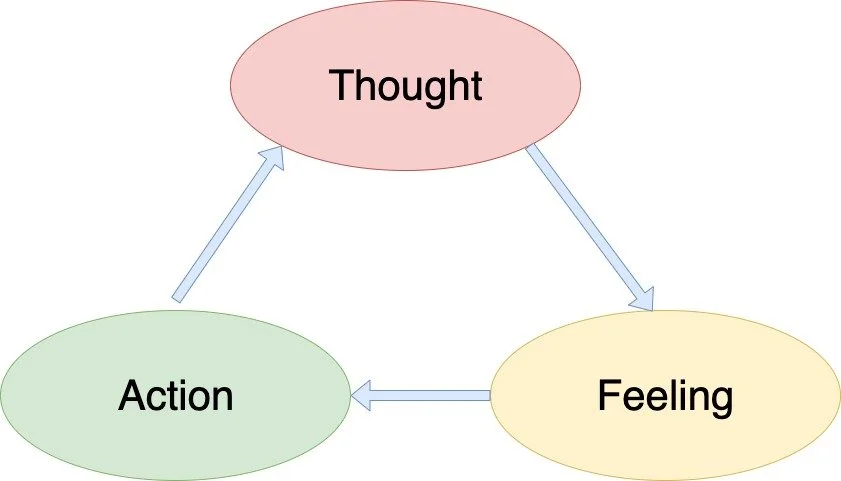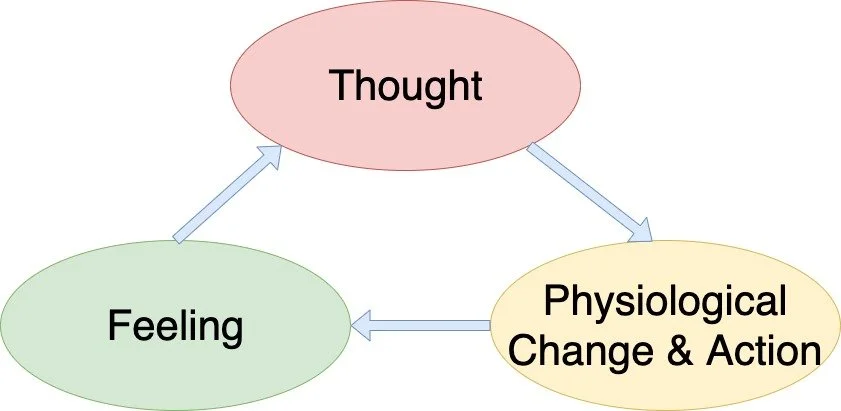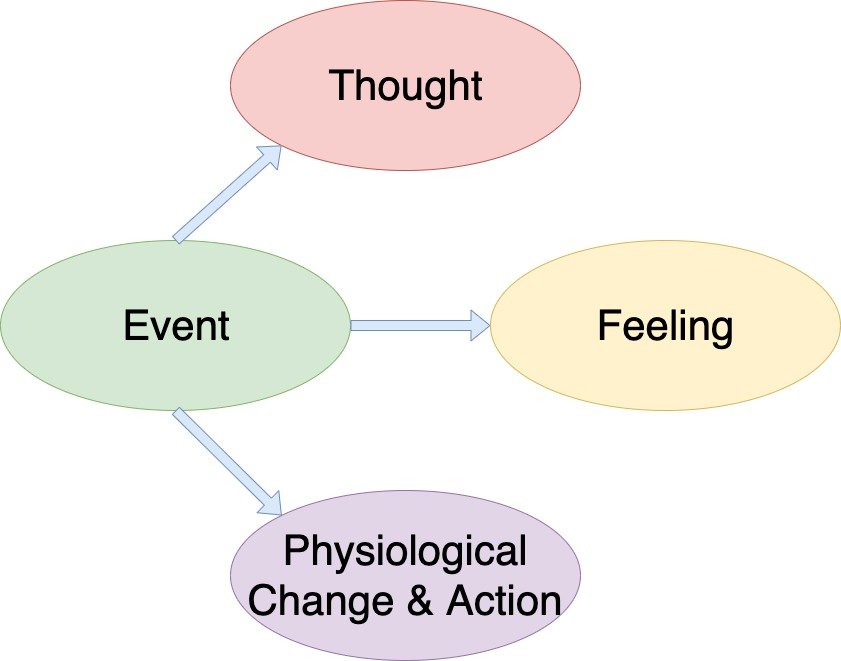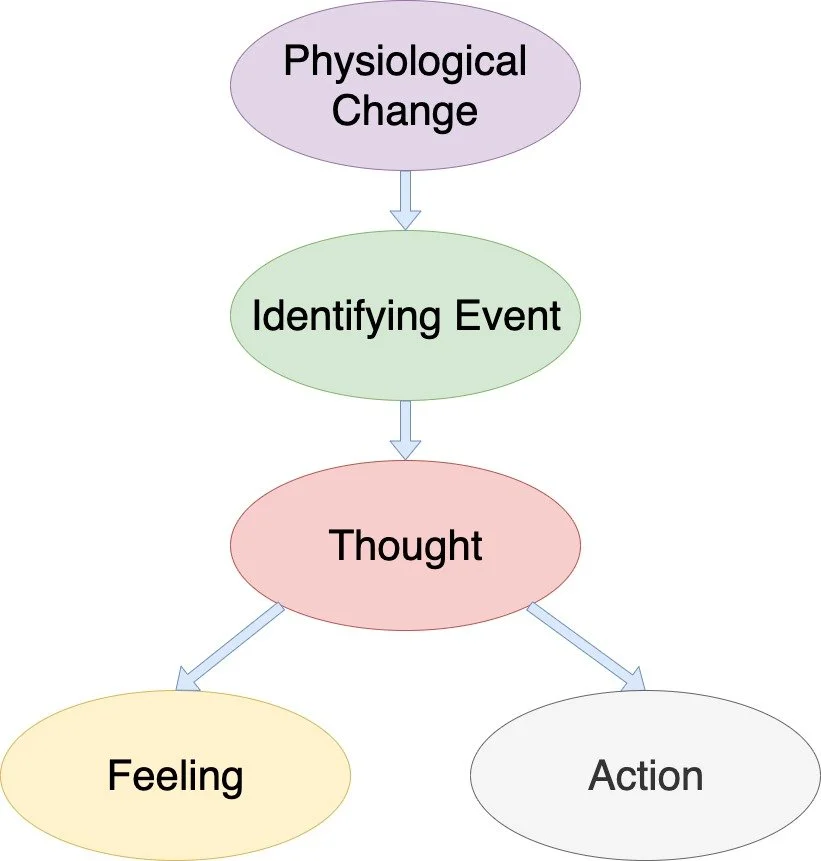3 Original Theories on How Emotions Work!
Reviewed By: Kelley Johnson, LCSW
Written By: Daniel Mark Hipp
So Many Different Emotions!
We’ve all experienced the whirlwind of emotions life can hit us with.
The bliss and excitement of starting a new romantic relationship. Compare that against the stomach pain you feel after having your heart broken by the one you love. The feeling of achievement and joy when you receive a workplace promotion. Compare that against the insecurity you feel when you are laid off from work.
All of these events are snapshots of our experiences. They display varying degrees of emotional response. Two different people can see the same event, but they can both experience different emotions and respond in different ways.
Have you ever really thought about what is going on when you are experiencing an emotion?
What are Emotions?
Psychologists have been trying to figure out the pieces that make up emotions for hundreds of years. From what goes on in your head, to what changes in your body, and how you got there.
Emotion is “an inferred complex sequence of reactions to a stimulus [including] cognitive evaluations, subjective changes, autonomic and neural arousal, impulses to action, and behavior designed to have an effect upon the stimulus that initiated the complex sequence” (Shiota & Kalat, 2018; Plutchik, 1982).
4 Pieces of the Emotion Puzzle
It is important to note that there are 4 important pieces to this definition.
What are Cognitive Appraisals?
Cognitive Appraisals are the thoughts we have in relation to an event or situation. We judge situations in relation to how it affects our own personal interests.
What are Feelings?
Feelings. You know what these are. Mad, sad, and glad are just a few examples of common feelings.
What are Physiological Changes?
Physiological Changes. Think of a time you were angry at someone. Maybe they wronged you. Perhaps you had a sensation as if your blood was actually boiling. When you get flustered, you blush and your cheeks turn bright red.
What are Behaviors?
Behaviors are the responses we actually take in relation to the whole emotionally charged event at hand. Maybe you felt so disrespected, you walked away from the individual who made your blood boil.
How Most People Think Emotions Work
Here is a diagram illustrating how most of us likely imagine an emotion plays out.
The “Common Sense” Emotion Model
James-Lange Theory of Emotion
William James is known as the founder of western psychology.
He came up with a theory for emotion that shared many similarities with Carl Lange. Lange was a danish psychologist.
Their theory suggests that it is your bodily reaction to the event which just took place. “Our feeling of the same changes as they occur is the emotion” (James, 1884).
Let’s take a look at a diagram to illustrate how this differs from the previous model for cause and effect in emotion.
The James-Lange Emotion Model
The first diagram plays out as thought, feeling, and then action.
The James-Lange model switches the positions of the later two. The model represents thought, action with an emphasis on physiological change, and then the feeling comes last.
In order to experience an emotion, there must be an event or situation which triggers a cognitive appraisal. The cognitive appraisal leads to a reactionary change which can be seen in you physiologically and behaviorally.
The emotion is the result of the physiological change and behavior you engage in.
James-Lange Theory in Action
Lange believed that physiological changes were the most important piece that played into our levels of sensitivity for emotion. In Lange’s view, if someone were drunk, they’d numb their senses since alcohol is a depressant. They’d be reducing their emotional response. Perhaps be more relaxed with something that should be anxiety provoking.
Do you agree with that idea? Some people would argue that getting drunk makes you more emotional while experiencing it more intensely.
William James thought that emotions were probably tied to specific patterns of physiological changes.
Cannon-Bard Theory of Emotion
Walter Cannon was a physiologist (the study of how the body works). He is famous for discovering that the fight-or-flight response was due to our sympathetic nervous system. Philip Bard was another physiologist from the time who disagreed with the James-Lange theory of emotion.
Here is a diagram illustrating the Cannon-Bard model for emotion.
The Cannon-Bard Emotion Model
Unlike the first and second diagram, the Cannon-Bard theory believes that thought, feeling, physiological change & action are separate independent reactions to the triggering event (Bard, 1934; W. B. Cannon, 1927).
Let’s say you saw a bear in the woods. You decide that you are in danger. You are scared of this unknown animal. Your heart-rate rises and you run away.
Everything after seeing the bear in the woods is independent. You could have froze and not run. You could have been excited by your new furry friend. You could have thought the bear was going to come and let you pet them, believing that you are nowhere near danger.
Is it really possible that cognitive appraisals, feelings, physiological change & action, are all independent of each another?
Schacter-Singer Theory of Emotion
Stanley Schachter and Jerome Singer held a different view on physiological responses. They believed that we could not differentiate what emotion goes to what bodily reaction.
Instead, after you have a had a bodily reaction to an event, you evaluate the event and decide for yourself how you feel in that situation (Schachter and Singer, 1962).
The key is in the cognitive appraisal for Schachter and Singer.
Here is our fourth and final diagram to illustrate the Schacter-Singer theory of emotion.
The Schachter-Singer Emotion Model
You run into our friend the bear again in the woods. You notice your heart racing. Your heart is racing and you attribute it to the bear. This leads to your feeling of fear and your response to run away.
This is different from the previous ones because the physiological response came first. You then attributed it to something. You have a feeling and action as a response.
Which Theory is Correct?!
These were three of the most popular theories for how we experience emotion in the early days of psychology.
Science builds upon itself over time. Today there are more modern theories of emotion that take in factors left unaccounted for by James-Lange, Cannon-Bard, and Schachter-Singer’s early models of emotion.
The Healing Center Can Help You Understand Your Emotions
The Healing Center in Las Vegas provides tailored mental health services facilitated by a team proficient in addressing diverse cultural backgrounds. Certified therapists deliver in-person or remote sessions, aiming to reduce stigma and foster a mentally healthy community. Our Boutique Psychotherapy Center employs spiritually attuned counselors, employing various techniques to reconnect individuals with their inner selves and foster self-worth.
With holistic approaches, these therapists equip patients with strategies to navigate life's crises effectively.
For further information on our therapies or to schedule a consultation, please visit The Healing Center's website at https://www.thehealingcentervegas.com/.
Contact The Healing Center via phone (702)505-1280 or email TheHealingCenterOperations@gmail.com.
References
James, W. (1884). What is an emotion? Mind, 9, 188-205.
Shiota, M., & Kalat, J. (2018). Emotion (3rd ed.). New York, NY: Oxford.

